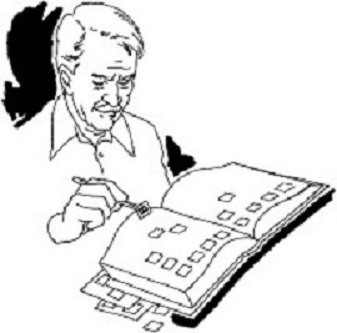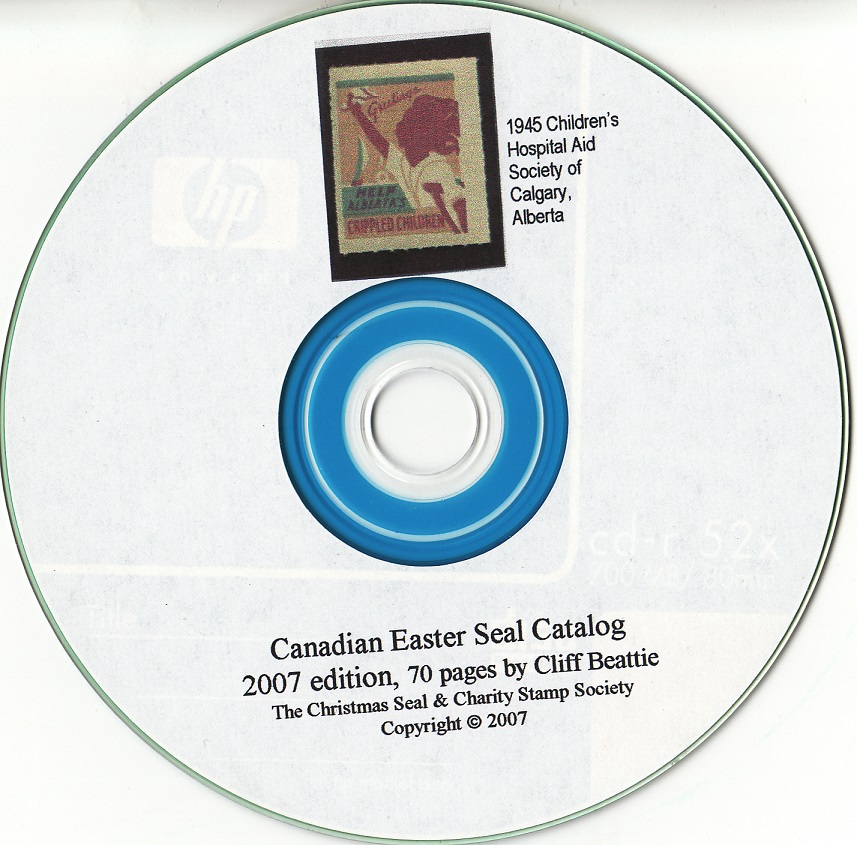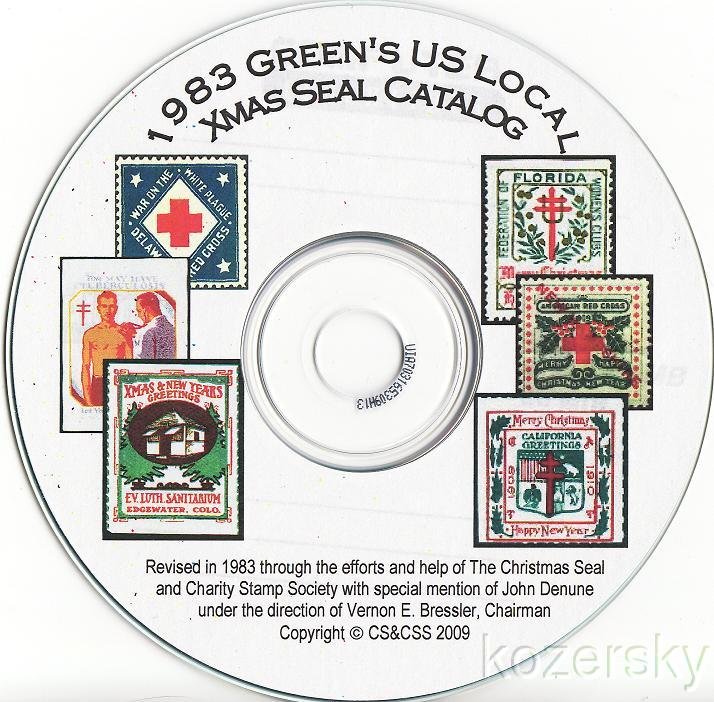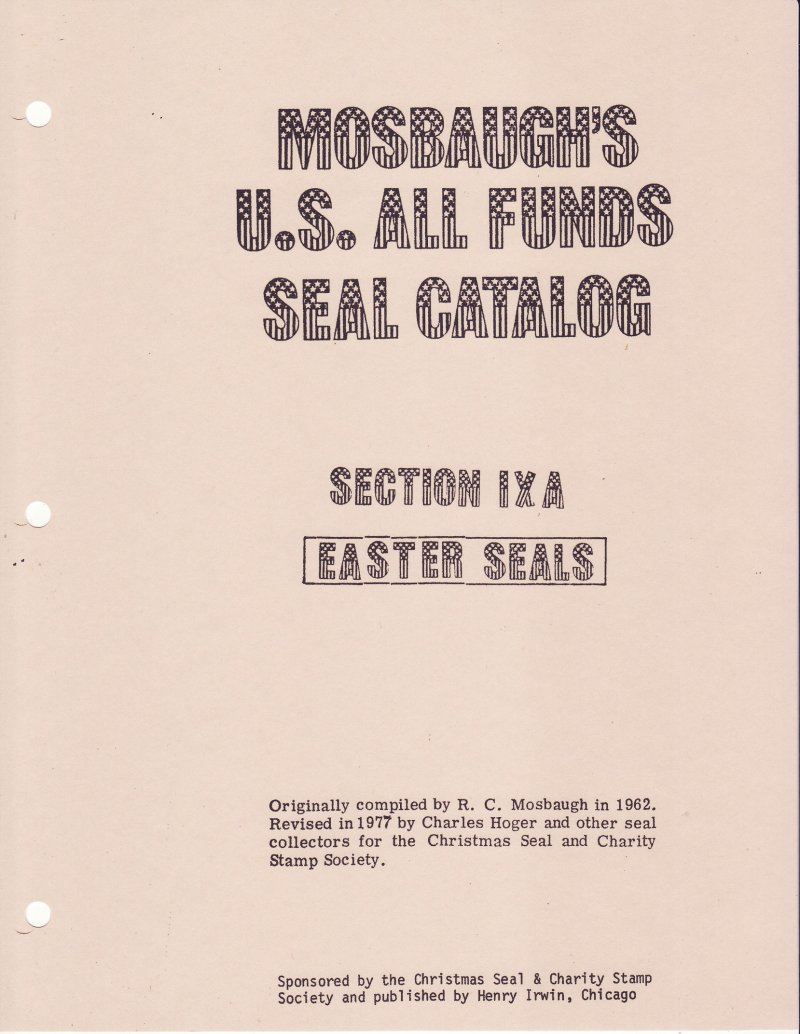|
Charity Seals, Stamp Packets, Postcards, Collectible Labels Philatelist and dealer in collectible Charity Seals such as Christmas Seals, Spring Seals, Local TB Seals, Foreign TB Seals, Easter Seals, Boys Town Seals, Charity Seals, and Charity Seal Literature. Plus, Cinderella Stamps, Topical and Foreign Stamp Packets, Disney Stamps, Stamp Collecting Supplies, Postcards, and Collectible Labels. |
Printing Process
Essays and Proofs
Electros
These are proofs or essays printed by Electrotyping, a variety of typography where the plate is built up by depositing copper galvanically or electolytically.
Essays
Essays are trial proofs different from the accepted designs. It is difficult to say just how minute a variation of design separates the essay from the proof. It is yet more difficult to distinguish with certainty some color proofs from color omitted errors. Therefore, these classifications as listed should be taken merely as an opinion of the compiler and not a rigid determination of status.
Plates
The term "plate" is used somewhat loosely to subdivide a printing where the sheets show different sets of flaws. These plates may be different large printing plates (usually 1200 or 1600 seals) or may be different panes in one large plate.
Proofs
These are trial impressions of the accepted design but may differ in color, perforation, sheet format, paper, etc. from the issued seal.
Progressive Color Proofs (PCPs)
Proofs of one or more of the separate plates used in color printing, pcps are usually issued in sets to show colors separately and in combination. Such sets usually include a copy of the finished seal that may not differ from the regular issue. See the section on Color for more information.
Single Die Proof
These are printed from a small plate with a single copy of the design made from the original negative. They are often seen in the center of a much larger piece of paper.
Negative Maker's Proofs
The 100-subject proofs created by the maker of the negative, these were to be examined before the negatives were sent to the various printers employed to produce the seals.
Photographic Proofs
These photographs were used to scale the original artist's drawing down to seal size.
Cliché Proofs
These are proofs of a design that has been approved, in the approved colors.
Press Sheets
This refers to the full sheet of seals as it comes off of the printing press. Press sheets were traditionally printed with 1200 or 1600 subjects and then cut into panes of 100.
Lithography
Lithography was the normal printing process for seals from 1907 until 1925. It refers to a method of printing (usually on stone) where the design is neither raised (as in typography) nor recessed (as in engraving). The design is applied to the stone by a chemical process. The ink adheres only to the applied design and is then transferred to the paper.
Typography
Typography (also called letterpress or relief printing) is a method of printing where the design is raised up on the printing plate. Only the raised and inked areas of the design come into contact with the paper when the design is printed. This method was used by an unknown printer in 1908 and used by Eureka Specialty Printing Company from 1911-1925.
Offset Printing
Offset printing refers to a process where the design is transferred to a cylinder from which it is re-transferred or offset to the paper. This process was first used in seal production in 1920. Since it has been the main printing process for seals since 1926, we will cover it in some detail here, using a final pane size of 100 seals as an example.
Note that although the artist's drawing is broken up into separate colors for printing, the words negative, cliché, plate, essay, or proof, as used here, mean all of the colors as a whole, unless otherwise specifically stated.
After an artist's design has been selected, the artist's oversized drawing is photographically reduced to seal size and from this original negative, photographic proofs have been made for some issues (see 1908). A small plate is made photographically from the original negative, either as a single design or repeated to make a group of 2 to 25 designs. These proofs are submitted to the issuing organization in a variety of trial colors. If the society rejects the designs they become essays, but if it accepts them they become cliché proofs.
The design and color being tentatively approved, the original negative is taken to a printer, often different from the one who made the cliché proof, and this printer repeats or sets up the single negative into a positive of 25, 50, or 100 subjects. From this positive, a 100-subject negative is made. From this negative a 100-subject plate is made. Proofs from this 100-subject plate are called the negative maker's proof.
The negative maker's proofs are reviewed at this point and if there are no changes in the design this 100-subject negative may be used as the master negative. However, if small changes are to be made, a new negative in the 100-subject size may be set up, which, when approved is used as the master negative.
Numerous copies of this master negative are made and one or more is sent to each printer who is to produce the regular seal supply. Each printer repeats his master negative as many times as desired upon a thin zinc plate, usually 12, 16 or more times, to make a printing plate of 1200 or 1600 seals. This plate is a positive with the designs on it normal, as on printed seals.
The plate is wrapped around a steel cylinder for printing, and the ink impression from it is transferred to a rubber roller or blanket, in reverse, and from this blanket to paper, again normal. The result of this is a press sheet, a sheet of 1200 or 1600 seals printed on a single sheet of paper. This is then cut into sheets of 100.
This photographic method enables the different printers to reproduce the given design almost identically, and eliminates the major types heretofore caused by the different printing methods used in different shops.
Green's Catalog of the Tuberculosis Seals of the World, Part I U.S. National Christmas Seals, 2012 ed, p.7





